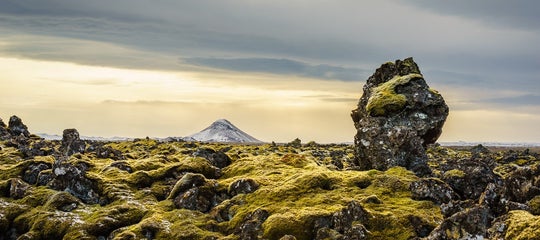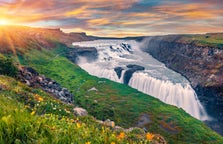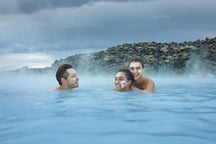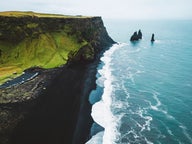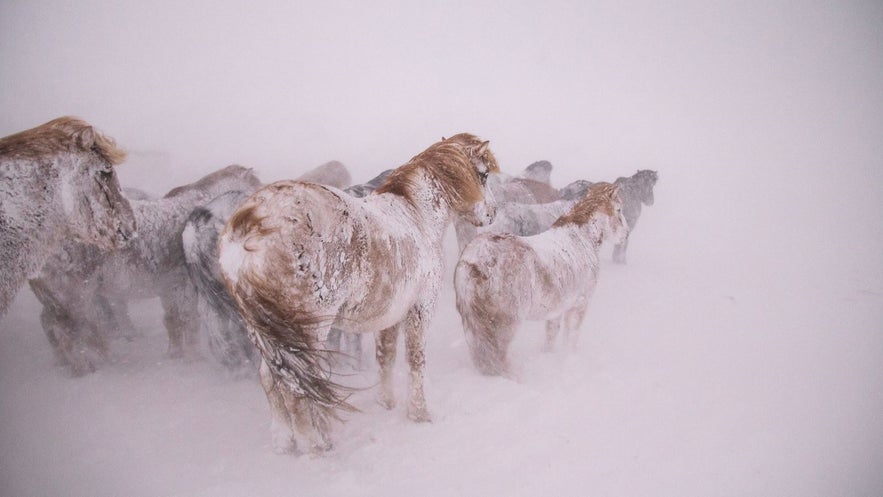
It’s no surprise that one of the first things travelers ask is, “What if the weather turns bad in Iceland?” The truth is, the Icelandic weather loves to keep you guessing. That’s what makes every trip unique. With the right mindset, stormy days often end up being just as memorable as sunny ones.
If the skies brighten, you can always check out exciting tours and activities in Iceland to make the most of your day. But if the clouds roll in, shift your focus to Iceland’s cultural side, its food scene, and those welcoming indoor hangouts.
No matter what the forecast brings, having a cozy base makes all the difference. Check out the selection of accommodation in Iceland to find hotels, guesthouses, and cabins where you can warm up after braving the elements.
Read on for the best things to do during bad weather in Iceland, and see how even the stormiest days can turn into highlights of your trip.
Key Takeaways
- Bad weather in Iceland is common, but it doesn’t mean your trip is ruined. It often leads to unique experiences.
- Storms, snow, and heavy rain may pause outdoor travel, but light drizzle rarely cancels tours and activities.
- Cultural options abound across the country, from quirky museums and folklore exhibits to creative workshops.
- Geothermal pools and spas are relaxing in any weather, with warm waters contrasting Iceland’s cool air.
- You can enjoy Iceland’s atmosphere safely by visiting local attractions, exploring regional cuisine, or capturing dramatic landscapes through photography.
- Always check the Icelandic Met Office and SafeTravel for storm warnings before heading out.
- With the right mindset, even rainy or snowy days can become highlights of your Iceland adventure.
What to Expect From the Weather in Iceland
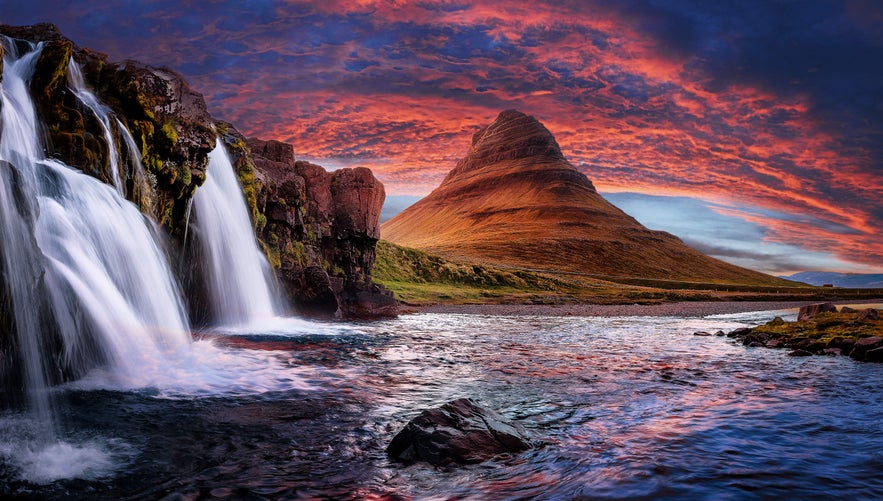 Iceland’s location makes it one of the most weather-exposed places in the world. Storms build over the North Atlantic, guided by the Icelandic Low, and the results can be sudden shifts in wind, rain, or snow at any time of year.
Iceland’s location makes it one of the most weather-exposed places in the world. Storms build over the North Atlantic, guided by the Icelandic Low, and the results can be sudden shifts in wind, rain, or snow at any time of year.
Locals often say, “If you don’t like the weather, wait five minutes.” It’s not an exaggeration. You might set off under blue skies and find yourself in snow flurries just an hour later.
Bad weather in Iceland is subjective. For light rain or drizzle, there’s no need to cancel your plans since tours and activities run as usual.
Severe weather is different. Intense storms, especially in winter, bring powerful winds and whiteouts that can stop travel. Before setting out, always check the Icelandic Met Office warnings, road.is for road condition updates, and SafeTravel.is for alerts. When in doubt, the safest choice is to stay indoors until conditions ease.
Indoors, life is warm and inviting thanks to Iceland’s geothermal power, which heats nearly 90% of homes. So even if your plans shift, don’t worry. Bad weather is a chance to enjoy Iceland differently.
- See also the Things To Do During Storms in Iceland
- Read more about Iceland’s Changing Weather and Seasons
Top 7 Activities in Iceland for Bad Weather Days
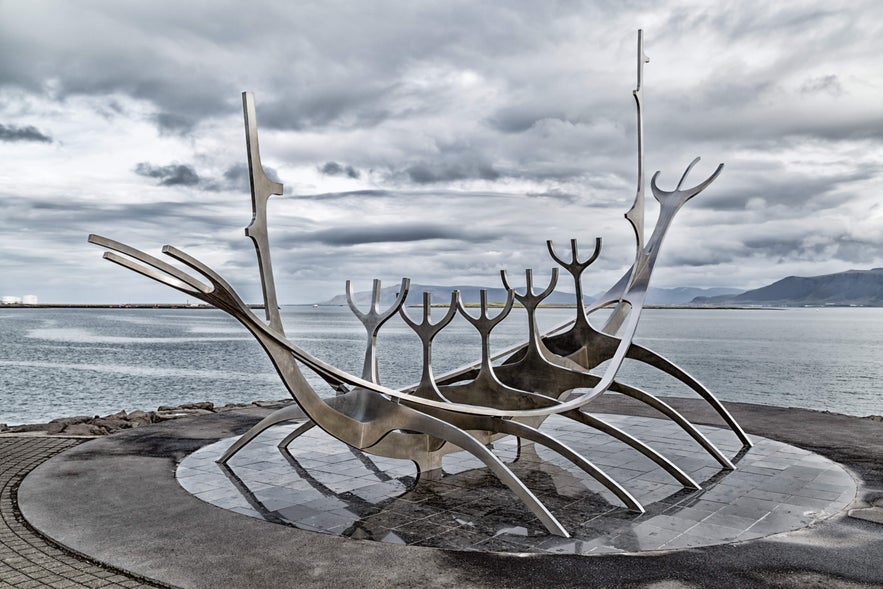 There’s no such thing as a wasted day in Iceland. Even when the weather is rough, geothermal baths, fascinating museums, cozy coffee spots, and lively nightlife keep the adventure alive.
There’s no such thing as a wasted day in Iceland. Even when the weather is rough, geothermal baths, fascinating museums, cozy coffee spots, and lively nightlife keep the adventure alive.
Rain, snow, and strong winds only make these experiences feel more authentic. Reykjavik and the countryside are full of things to do that turn stormy weather into lasting memories.
7. Read Icelandic Stories
 Stormy days are made for storytelling, and Iceland’s folklore fits the mood perfectly. For centuries, locals have told tales of elves, trolls, and hidden people who live among the mountains and lava fields. You can explore these legends in this guide to Icelandic folklore and see how nature has shaped the nation’s imagination.
Stormy days are made for storytelling, and Iceland’s folklore fits the mood perfectly. For centuries, locals have told tales of elves, trolls, and hidden people who live among the mountains and lava fields. You can explore these legends in this guide to Icelandic folklore and see how nature has shaped the nation’s imagination.
If you enjoy festive folklore, read about the Icelandic Yule Lads and Gryla, the mischievous Christmas trolls of Icelandic tradition. Or, for something darker, try The Deacon of Dark River, one of the country’s most famous ghost stories.
You can also explore Iceland’s old wives’ tales and folk beliefs, which reveal how Icelanders once made sense of nature’s unpredictability. Reading these stories as the rain falls outside is the perfect way to experience Iceland’s timeless storytelling culture.
6. Feel the Storm
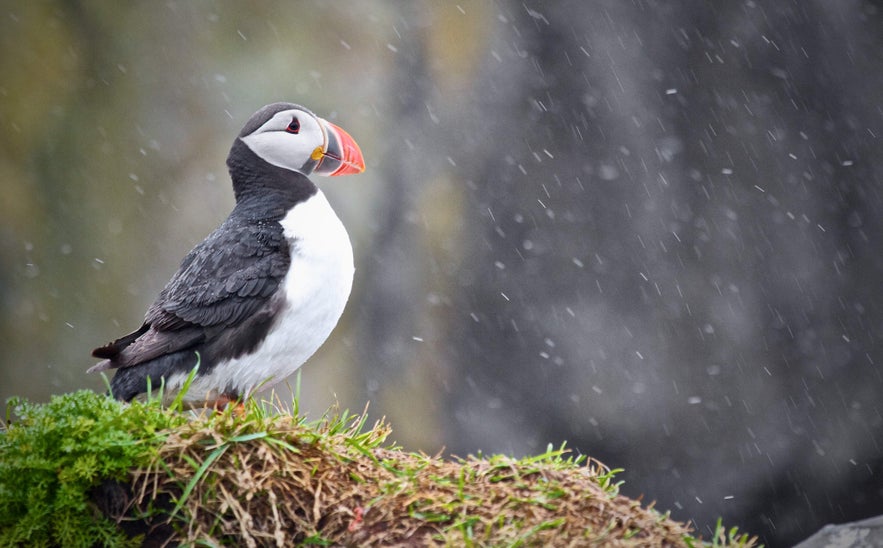 Why not step outside and meet the old god of wind, Kári? As long as it’s safe and the weather isn’t too extreme, like flying trampolines or rolling bins, you can go outside. Dress warmly and take a short walk if conditions allow.
Why not step outside and meet the old god of wind, Kári? As long as it’s safe and the weather isn’t too extreme, like flying trampolines or rolling bins, you can go outside. Dress warmly and take a short walk if conditions allow.
Stay away from paths close to water, as waves can crash over barriers during storms. You’ll also want to avoid areas like Reynisfjara Beach, where conditions will be especially dangerous. From a safe distance, it’s fascinating to watch the sea twist and churn, mixing with the wind, rain, or snow in a wild display.
If you’re in the capital, it’s a good idea to take walking tours in Reykjavik. Here, guides can lead you through sheltered streets and share stories of how Icelanders live with the changing weather.
Afterward, take comfort in knowing a warm, naturally heated home awaits. There, you can shake off the chill and enjoy the safety and coziness of indoors after your adventure outside.
5. Capture the Weather in Iceland Through Photography
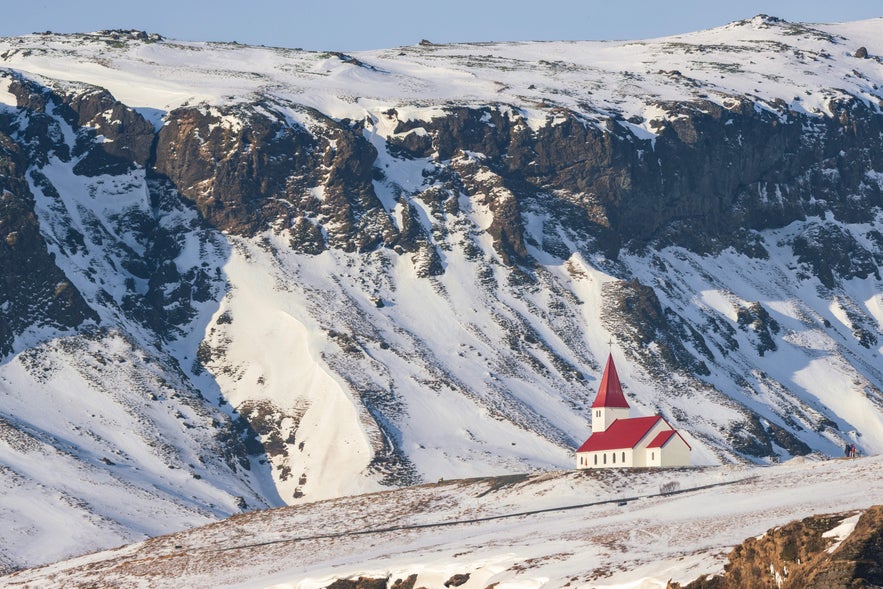 When bad weather sweeps across Iceland, the country turns into a natural studio for dramatic photography. The soft light, heavy clouds, and drifting mist create a moody backdrop that’s impossible to stage. You can explore the island’s beauty with one of the many photography tours in Iceland.
When bad weather sweeps across Iceland, the country turns into a natural studio for dramatic photography. The soft light, heavy clouds, and drifting mist create a moody backdrop that’s impossible to stage. You can explore the island’s beauty with one of the many photography tours in Iceland.
You don’t need clear skies to get great shots. Rain, snow, or low light can make colors richer and scenes more atmospheric. Try photographing from your car window, inside a cozy cabin, or during short breaks in the weather.
If you want to take it further, spend some time learning about photography in Iceland. You’ll find plenty of tips on the best locations, lighting conditions, and ways to capture the country’s shifting moods. Stormy days might just give you the most unforgettable images of your trip.
4. Try Traditional Icelandic Food

Reykjavik’s vibrant food scene celebrates both innovation and tradition. From modern tasting menus to family-run eateries, the city offers plenty of great options, many featured in the best restaurants in Reykjavik, where classic Icelandic flavors meet creative modern twists.
If you’re looking for ideas, here are a few great dining spots across Iceland:
- The Greenhouse – A bright food hall in Hveragerdi along the South Coast, offering a variety of local dishes and cozy dining areas under one roof.
- Klaustur Restaurant – A relaxed countryside restaurant in Kirkjubaejarklaustur, known for fresh regional ingredients and hearty comfort food.
- Askur Taproom – A cozy restaurant in the Eastfjords serving craft beers and locally inspired dishes in a warm mountain setting.
- LYST – A fine dining restaurant in Akureyri known for creative tasting menus that showcase North Iceland’s best ingredients.
- Sker Restaurant – A seaside restaurant on the Snaefellsnes Peninsula offering fresh seafood and hearty regional specialties with sweeping coastal views.
You can discover even more delicious options in this guide to the best restaurants in Iceland. Whether you’re in the capital or a quiet coastal village, sharing a meal with locals is one of the easiest ways to experience Icelandic warmth, even on the stormiest days.
3. Browse Local Markets and Malls
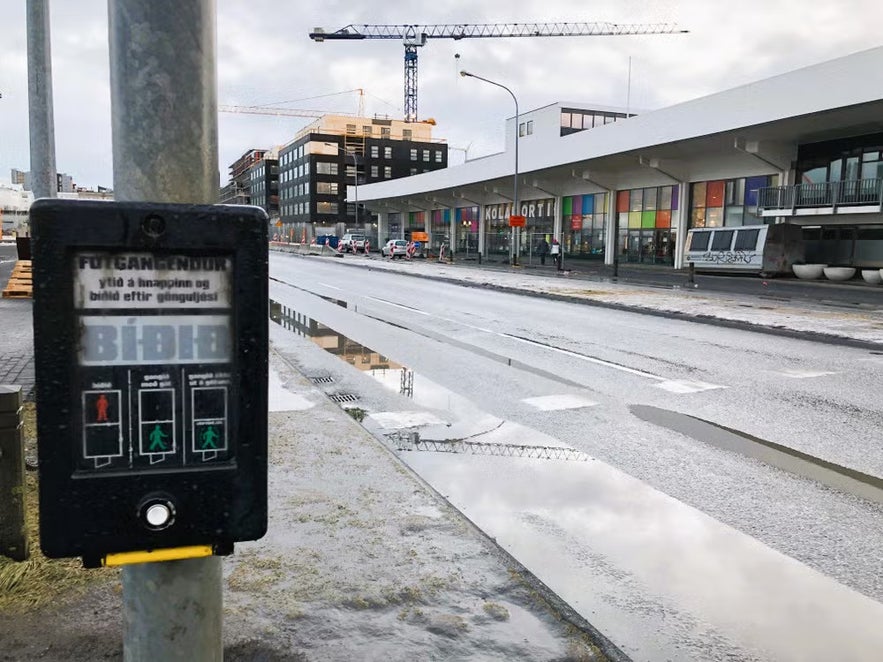 When the weather turns gloomy, one of the best things to do during bad weather in Iceland is to browse local markets and indoor shopping centers. Across the island, you’ll discover inviting boutiques filled with local design pieces, warm knitwear, and handcrafted Icelandic souvenirs.
When the weather turns gloomy, one of the best things to do during bad weather in Iceland is to browse local markets and indoor shopping centers. Across the island, you’ll discover inviting boutiques filled with local design pieces, warm knitwear, and handcrafted Icelandic souvenirs.
If you’re exploring the South Coast, stop at the Selfoss New Old Town, a modern riverside area inspired by Iceland’s historic architecture. You can browse local design stores, try handmade chocolates, or warm up with coffee from one of its cozy cafes offering traditional Icelandic food.
In North Iceland, head to Glerartorg in Akureyri, a welcoming mall with a good mix of Icelandic brands, restaurants, and cafes. It’s perfect for a relaxed afternoon indoors and a chance to pick up gifts or locally made goods.
Wherever your route takes you, keep an eye out for small-town markets and local shops. Many offer handmade jewelry, wool products, and traditional treats that make for unique souvenirs, with the biggest market in Iceland being Kolaportid in Reykjavik. They also give you a glimpse into Icelandic life beyond the main tourist hubs.
2. Explore Quirky & Specialty Museums
 If the weather keeps you inside, take the chance to explore Iceland’s weirdest museums. Across the country, you’ll find collections devoted to folklore, witchcraft, and the sea.
If the weather keeps you inside, take the chance to explore Iceland’s weirdest museums. Across the country, you’ll find collections devoted to folklore, witchcraft, and the sea.
Visit the Museum of Icelandic Sorcery and Witchcraft in the Westfjords or the Sea Monster Museum in Bildudalur for something truly memorable.
For a deeper glimpse into Iceland’s past, visit the Settlement Exhibition in Reykjavik or the National Museum of Iceland. Both reveal how Icelanders have adapted to life in such an unpredictable environment for over a thousand years.
Small museums around Iceland are often run by locals eager to share their stories. They’re warm, welcoming, and full of character, a perfect place to wait out the storm and discover something new along the way.
1. Enjoy Iceland's Pools & Spas
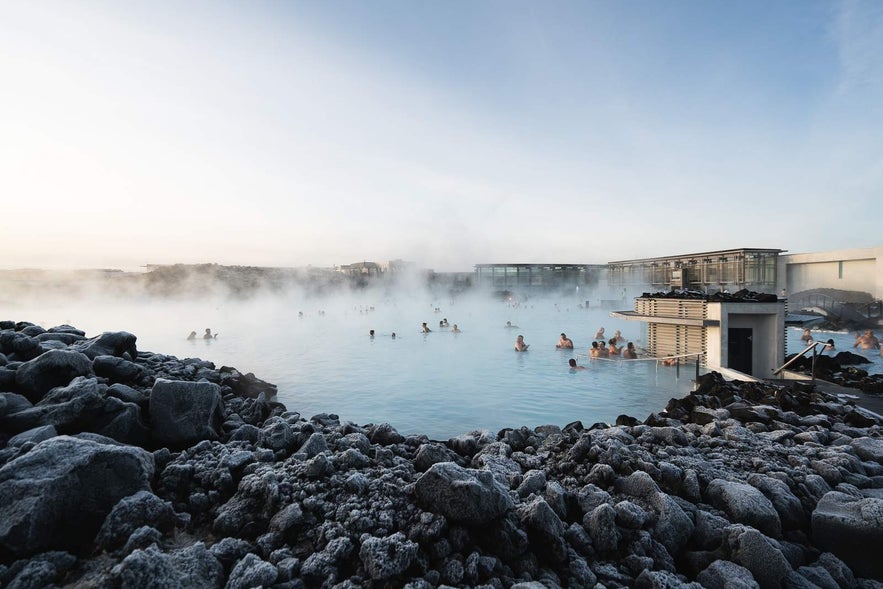 One of the best remedies for bad weather in Iceland is soaking in geothermal pools or hot tubs. The Sky Lagoon, just minutes from Reykjavik, is the easiest option for those within the Capital Region, with an oceanfront infinity-edge lagoon, sauna, and its signature seven-step ritual.
One of the best remedies for bad weather in Iceland is soaking in geothermal pools or hot tubs. The Sky Lagoon, just minutes from Reykjavik, is the easiest option for those within the Capital Region, with an oceanfront infinity-edge lagoon, sauna, and its signature seven-step ritual.
For iconic experiences, you can visit the Blue Lagoon, a world-famous geothermal spa about 45 minutes from the capital. Its milky-blue waters and modern facilities make it one of Iceland’s most popular attractions.
Hvammsvik Hot Springs is another excellent option, offering a quieter retreat surrounded by nature. With hot pools set along the shoreline, it’s a peaceful alternative for those seeking a more relaxed atmosphere.
Iceland’s spa culture extends well beyond the capital. Krauma, located by the powerful Deildartunguhver hot spring, blends sleek modern design with naturally flowing geothermal water.
In the Eastfjords, Vok Baths sits on the edge of Lake Urridavatn, while Forest Lagoon near Akureyri in North Iceland offers pools nestled among birch trees, creating a serene place to unwind in every season.
The new Laugaras Lagoon in the Golden Circle is also quickly gaining attention. You can read more about these in our hot springs guide.
Of course, Icelandic swimming culture is just as iconic. Nearly every town in Iceland has a warm outdoor pool with hot tubs and steam baths, all heated by natural geothermal energy. Visiting one is part of daily life here and offers a relaxing way to unwind and connect with locals.
These pools are a cornerstone of community life across the country, from coastal villages to remote valleys. Many of the most scenic spots are highlighted in the best swimming pools in Iceland outside of Reykjavik, where warm water, fresh air, and mountain views come together in true Icelandic fashion.
Frequently Asked Questions About Bad Weather in Iceland
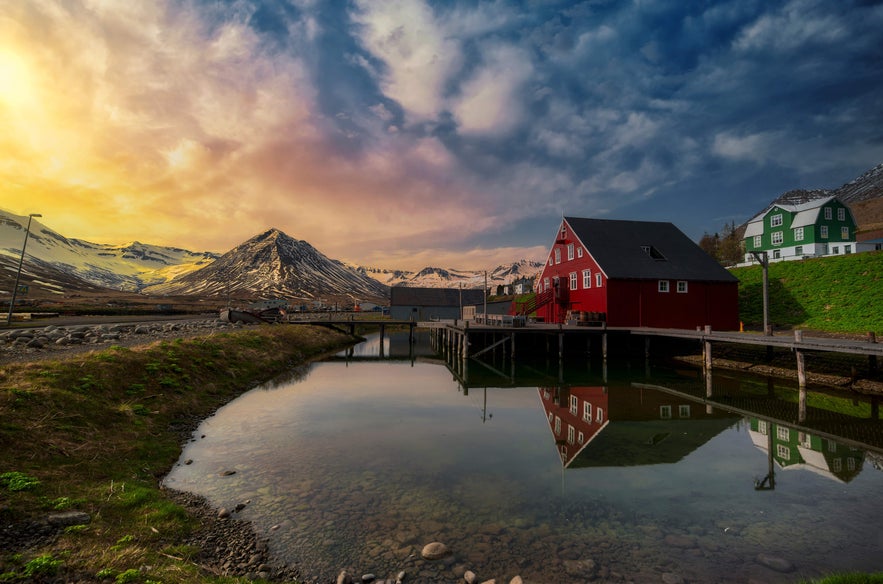 Bad weather in Iceland often raises a lot of practical questions for travelers. Here are some quick answers to help you stay safe, comfortable, and make the most of stormy days.
Bad weather in Iceland often raises a lot of practical questions for travelers. Here are some quick answers to help you stay safe, comfortable, and make the most of stormy days.
Is Iceland still enjoyable during bad weather in Iceland?
Absolutely. Light rain rarely cancels tours, and the contrast of stormy skies over waterfalls, glaciers, and lava fields can be dramatic. When the rain picks up, shift your focus to Iceland’s indoor culture with spas, museums, and cozy cafes.
Can you go to the Blue Lagoon if it’s raining?
Yes. The Blue Lagoon stays warm year-round, and many visitors say it feels even more magical with raindrops or snowflakes falling into the milky-blue water.
What to do on a rainy day in Iceland
Rainy days in Iceland are perfect for slowing down and exploring the country’s cozy side. Visit museums, soak in a geothermal pool, or join a creative workshop. Light rain rarely stops tours, so embrace the weather and enjoy the atmosphere.
Are tours canceled during bad weather in Iceland?
Most tours run in light rain or drizzle. Severe storms with strong winds or whiteouts can lead to cancellations, especially for outdoor adventures and boat tours. Operators usually notify guests and offer refunds or rescheduling.
Is it safe to drive in Iceland during bad weather in Iceland?
Driving in high winds or snow can be dangerous. Always check road condition updates and weather warnings before setting out. If the forecast looks severe, it is best to stay indoors and enjoy local activities until conditions improve.
What do yellow, orange, and red warnings mean during bad weather in Iceland?
The Icelandic Met Office issues color-coded warnings to help travelers prepare:
- Yellow warning: Strong winds are expected. Travel is still possible, but driving requires caution, especially with large vehicles like campervans. Outdoor walks can be exhausting as you may have to fight against the wind.
- Orange warning: Travel is not recommended. Stay put and focus on indoor activities such as museums, spas, and cafes. If you step outside, expect to lean into the wind and struggle to walk normally.
- Red warning: Rare but serious. Stay indoors and avoid all travel, as businesses may close and conditions can be unsafe. In this case, it is best to remain in your hotel or accommodation until the storm passes.
What is the best way to relax on a stormy day in Iceland?
Locals head to geothermal pools and hot tubs. Options range from city spas to countryside pools with mountain views. These warm waters make bad weather feel like part of the adventure.
What should I pack for bad weather in Iceland?
Bring a waterproof jacket, layers of warm clothing, and sturdy waterproof shoes. Hats, gloves, and scarves make stormy days much more comfortable. Skip umbrellas as they do not hold up well against Iceland’s strong winds.
Making the Most of Bad Weather in Iceland
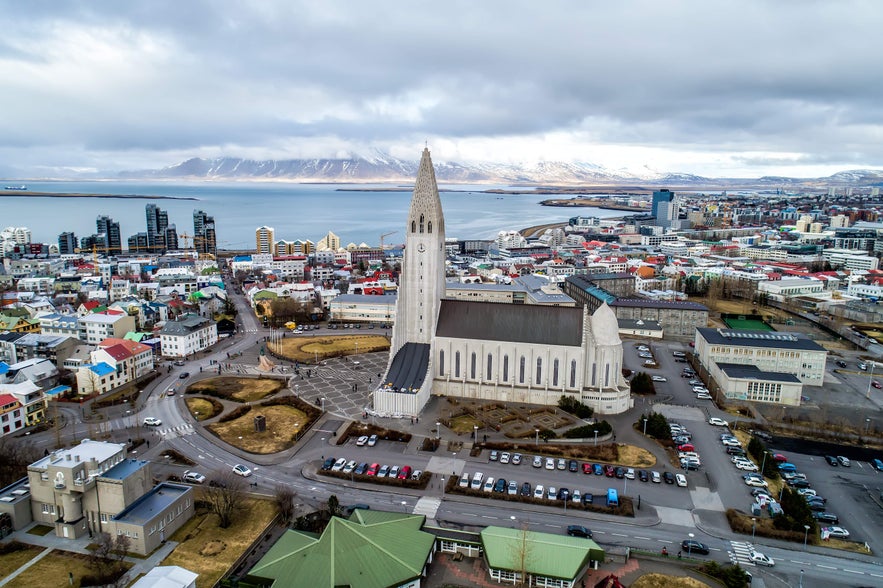 Bad weather in Iceland doesn’t mean your trip is ruined. It’s a chance to slow down and explore the country’s cultural side, from geothermal spas and steaming pools to fascinating museums and creative workshops.
Bad weather in Iceland doesn’t mean your trip is ruined. It’s a chance to slow down and explore the country’s cultural side, from geothermal spas and steaming pools to fascinating museums and creative workshops.
Storms and snow are part of Iceland’s charm, and embracing them often leads to some of the most memorable moments of your trip. With the right mindset, even the wildest weather becomes part of the adventure.
Did you find this article helpful? Have you experienced bad weather in Iceland? What did you get up to and what would you recommend? Leave your comments and any questions you may have below.




